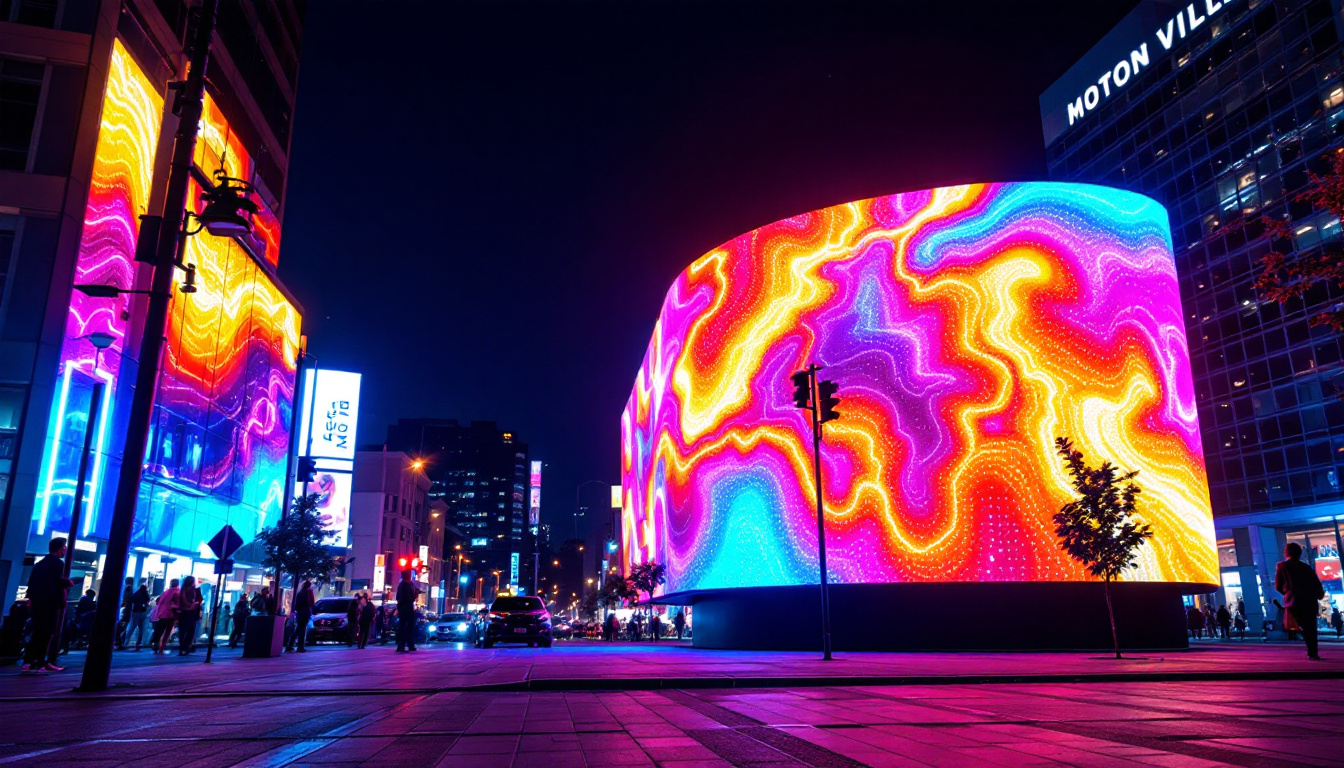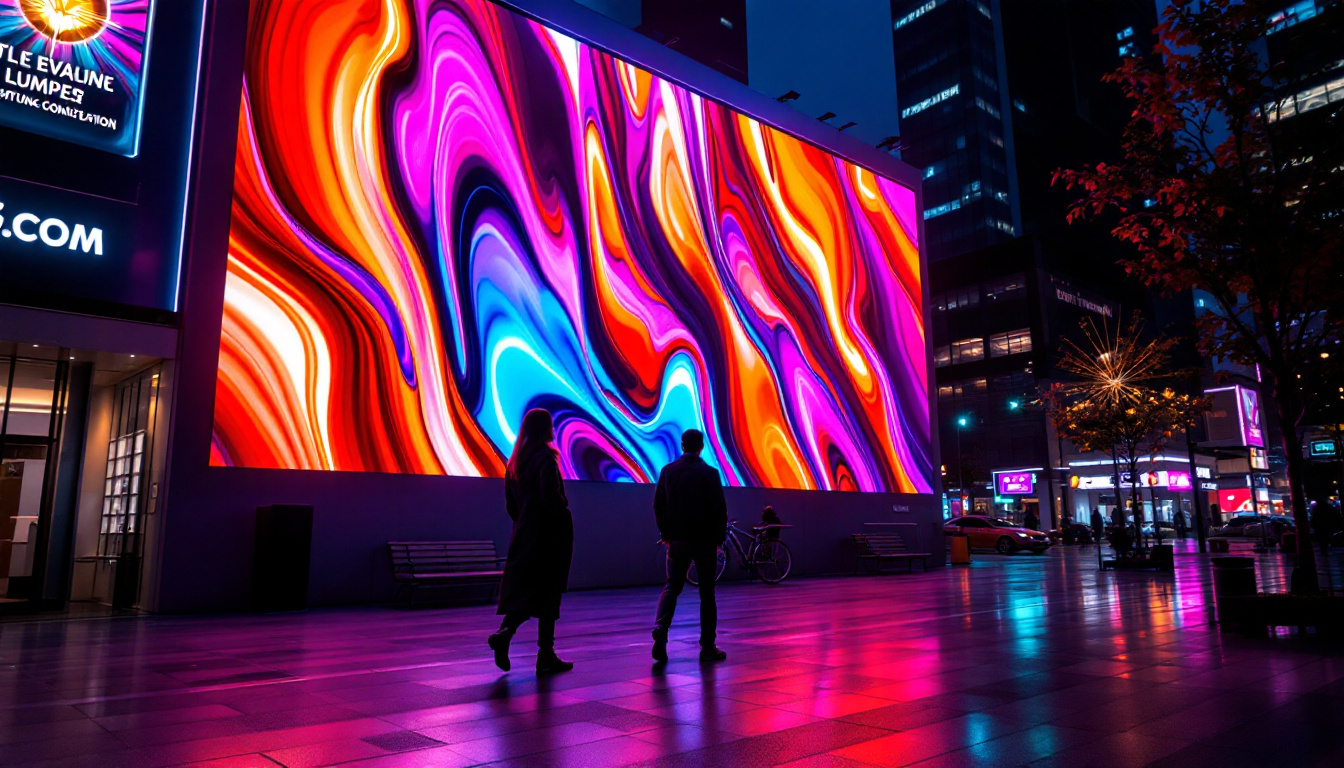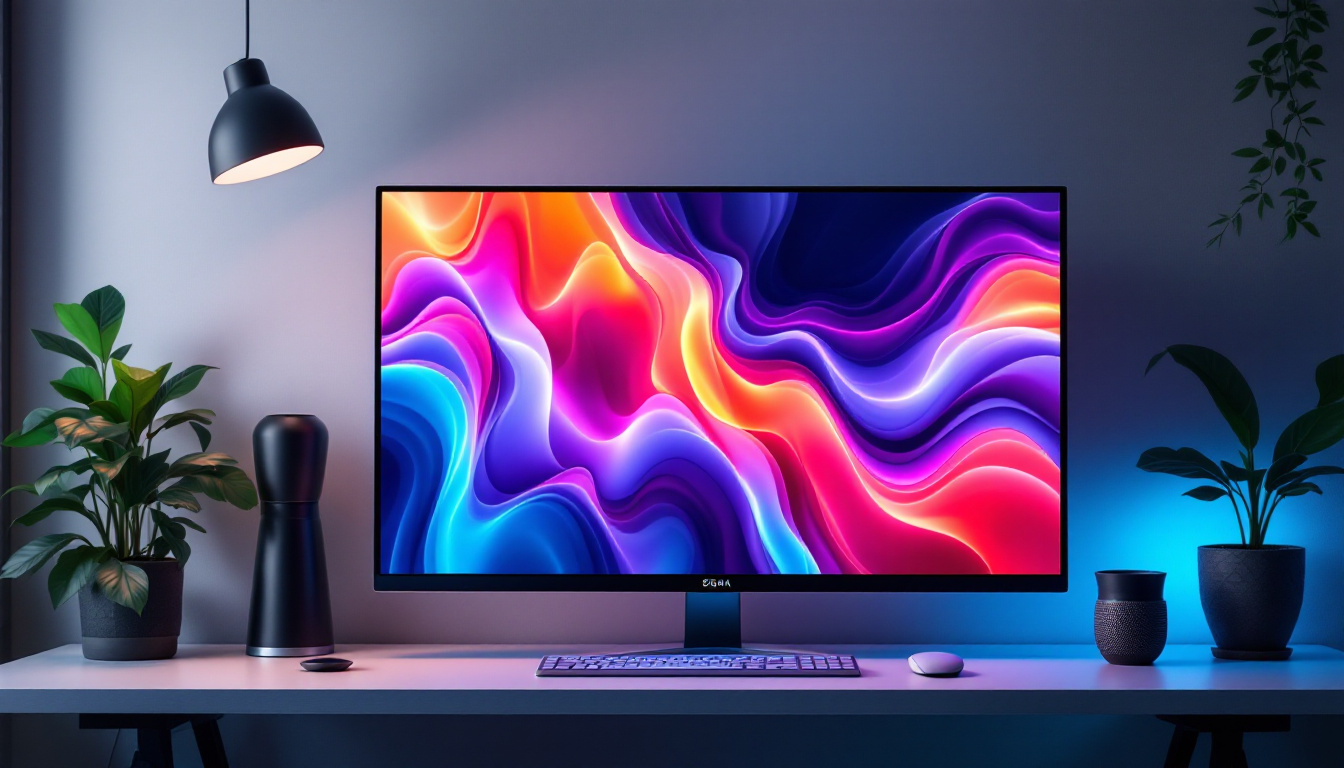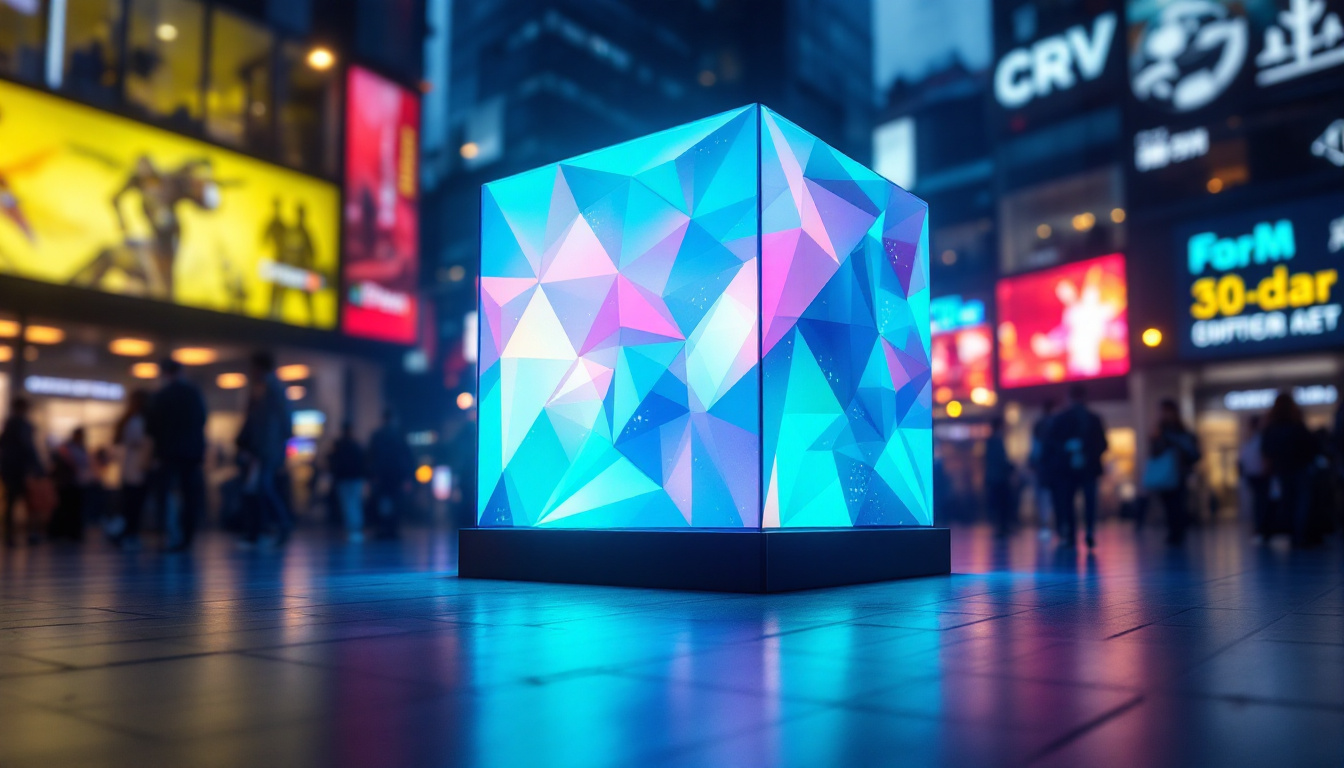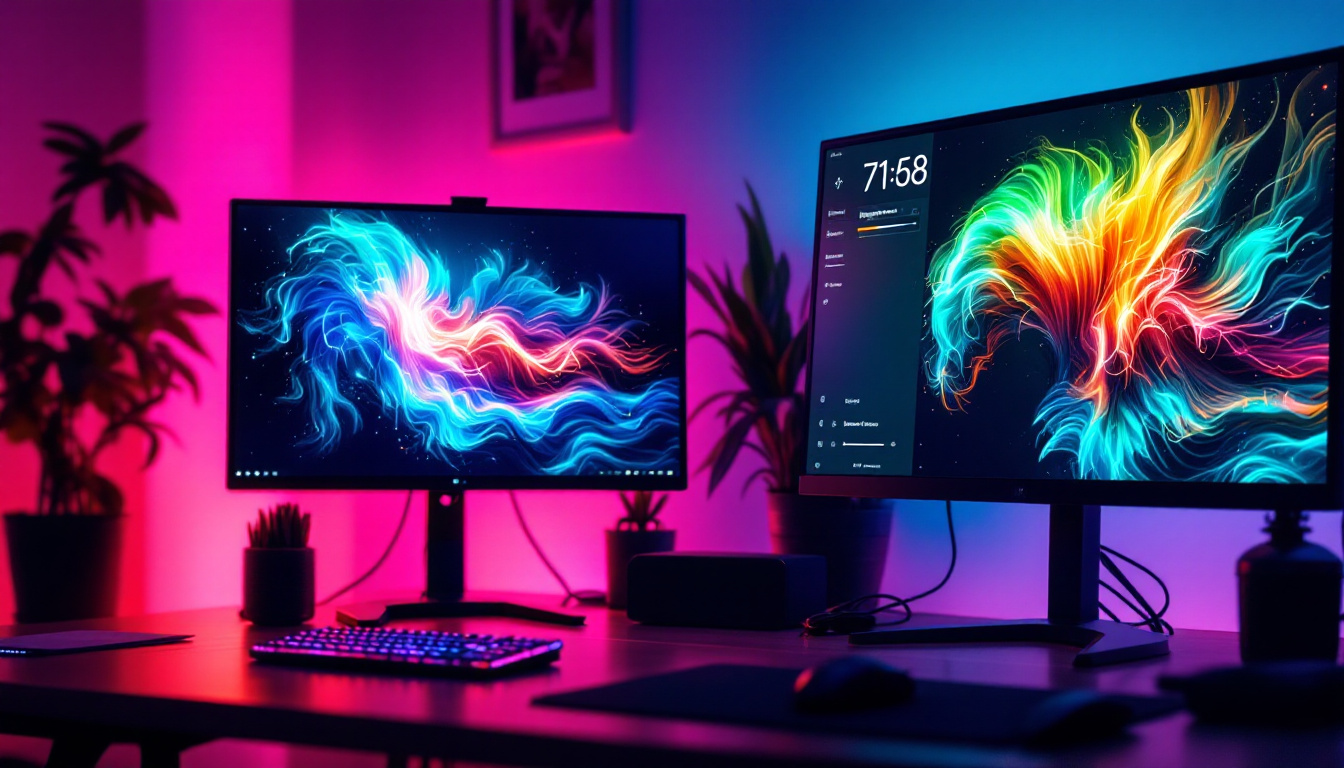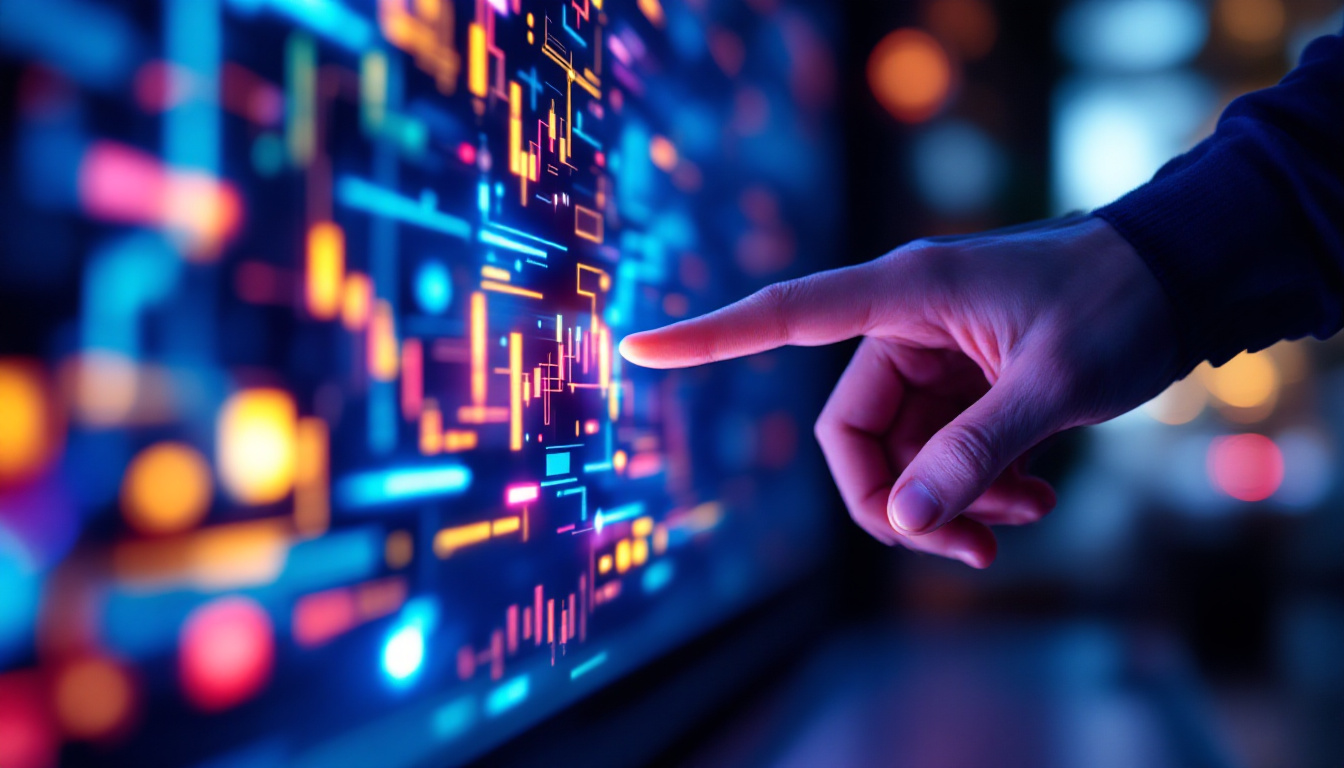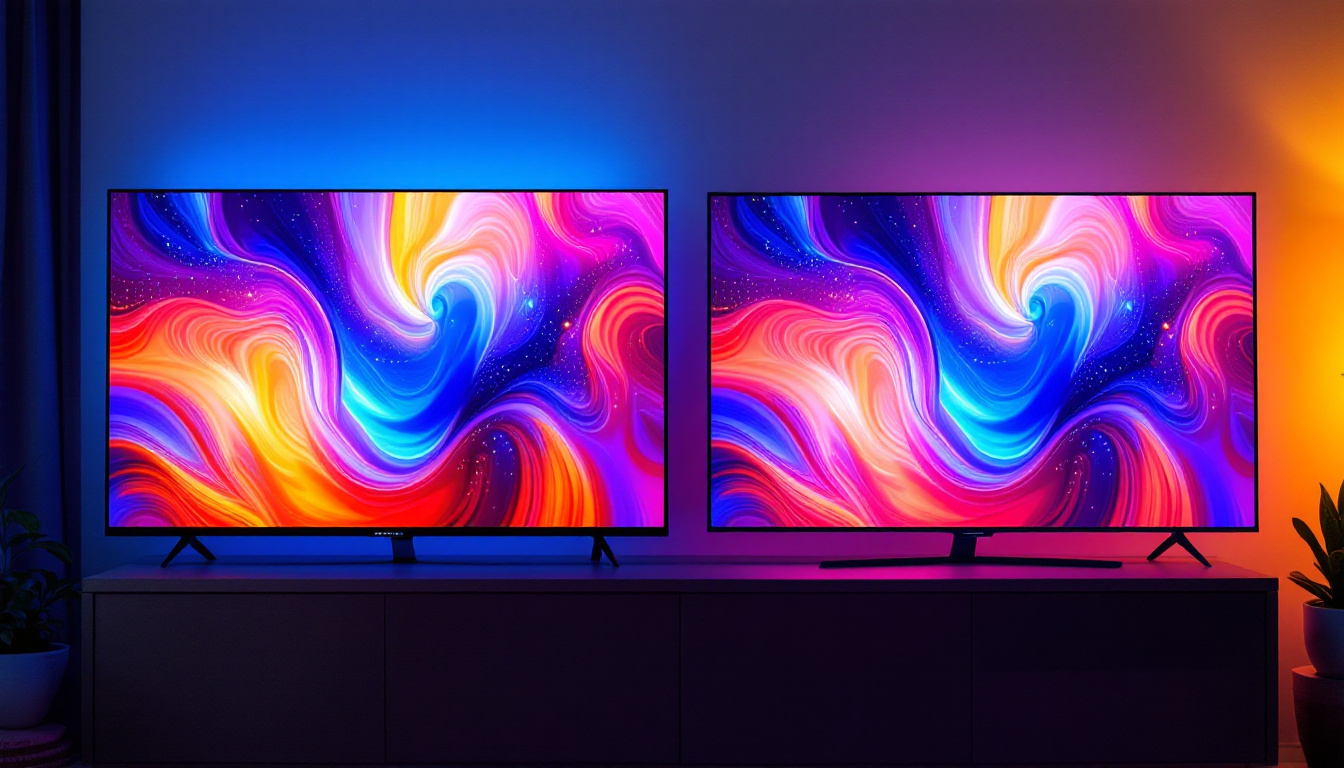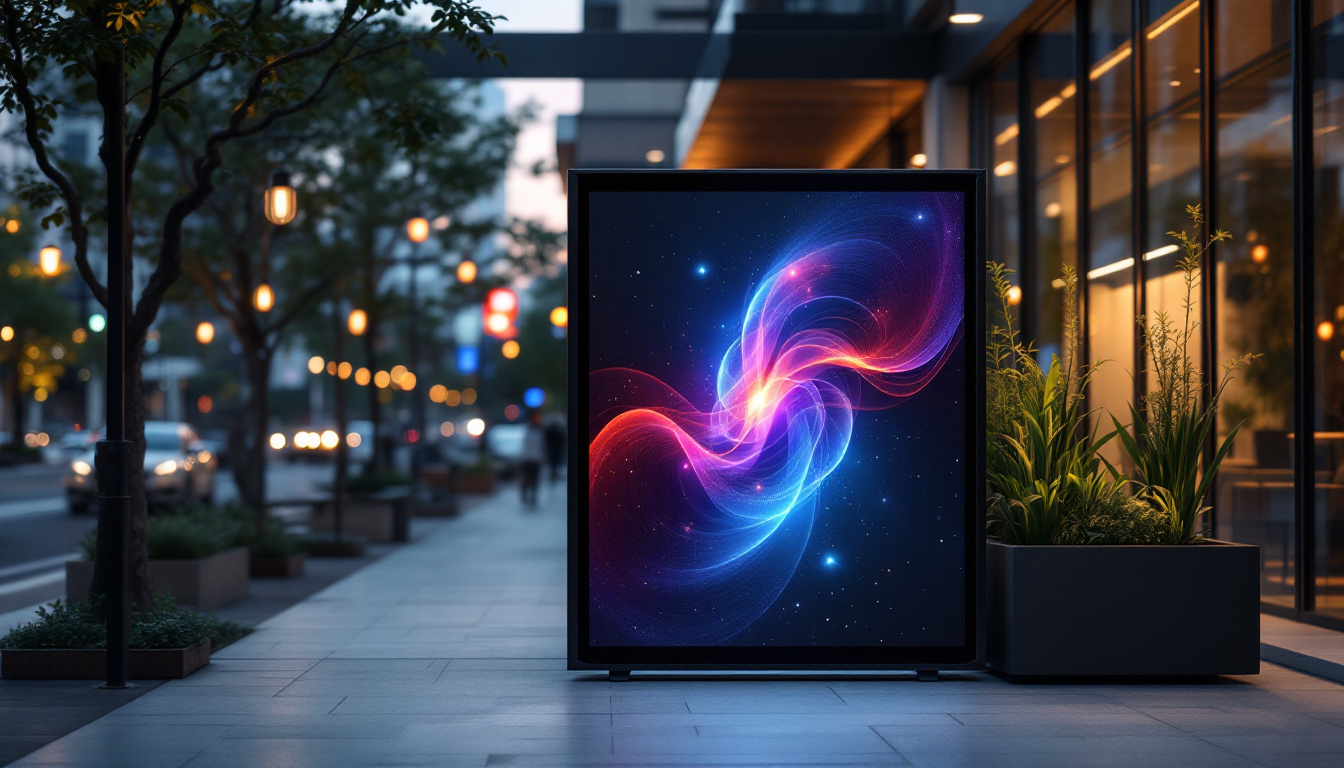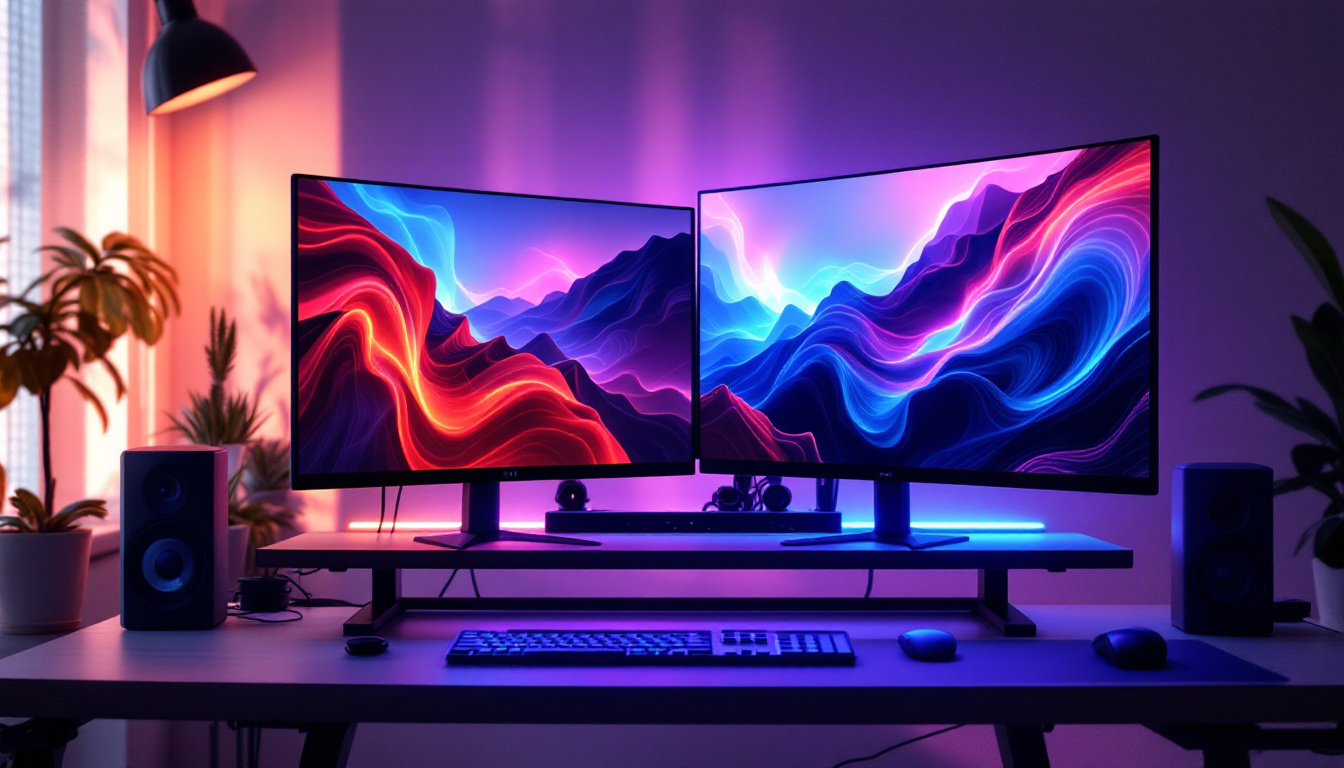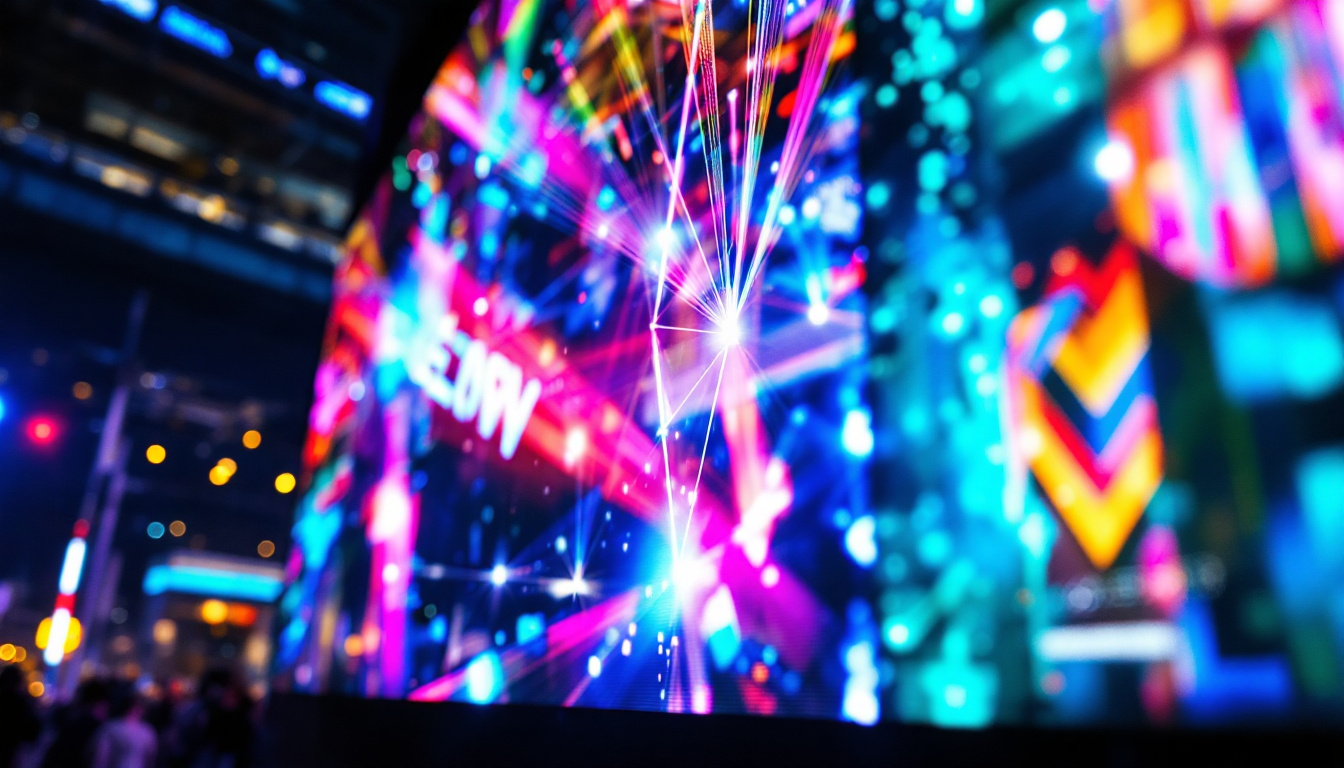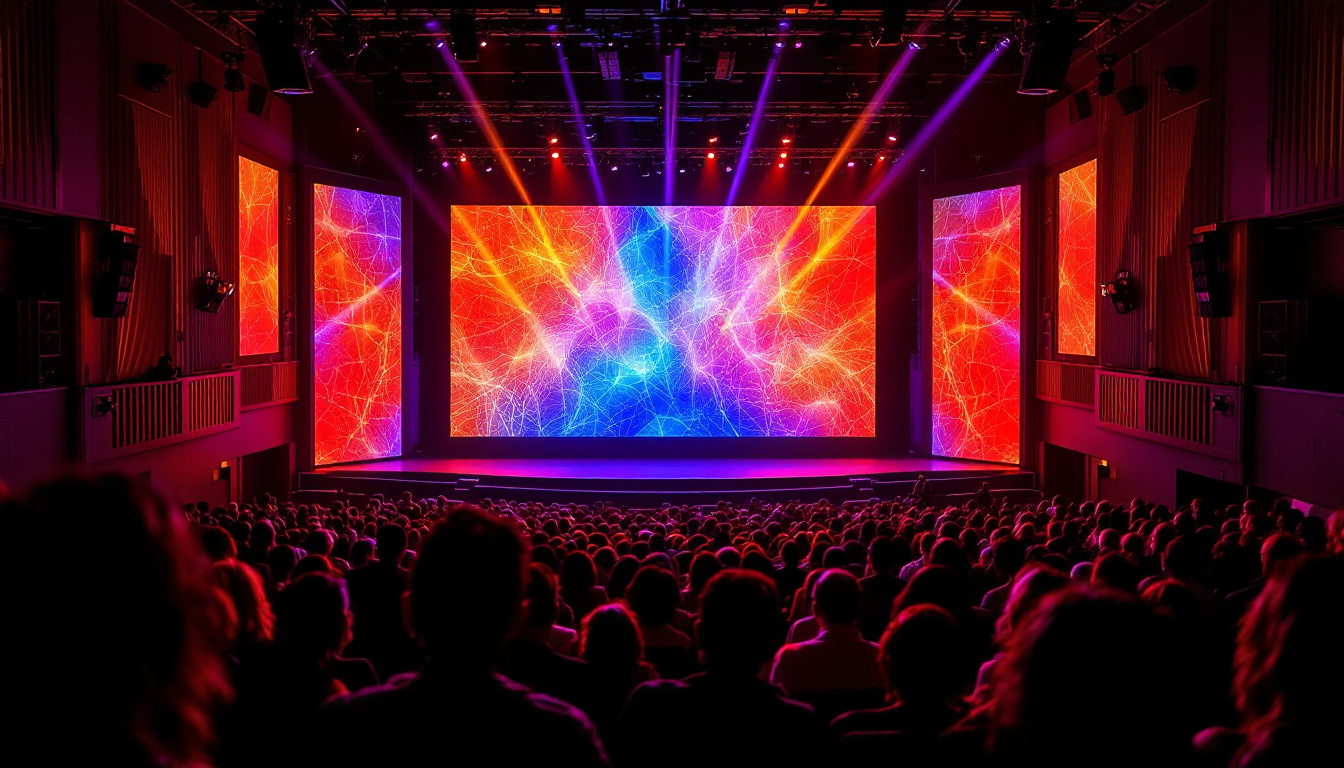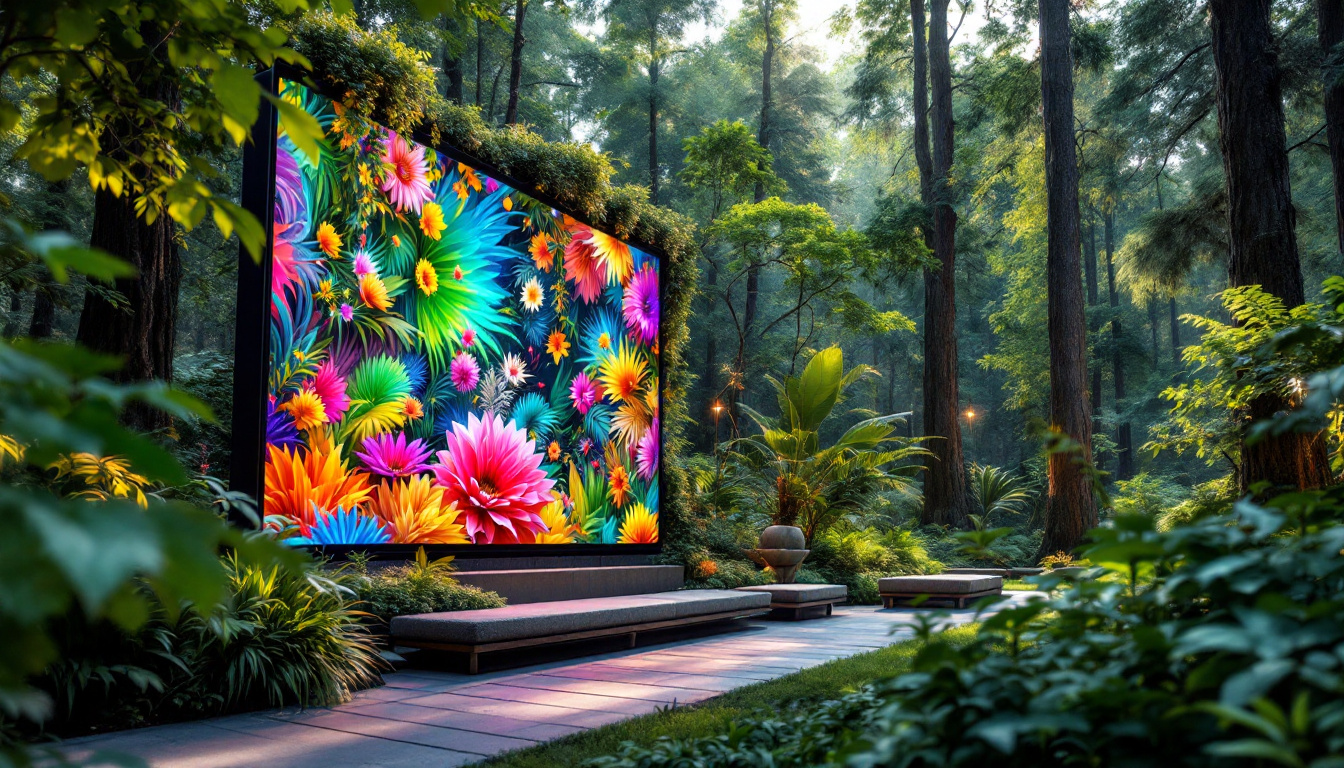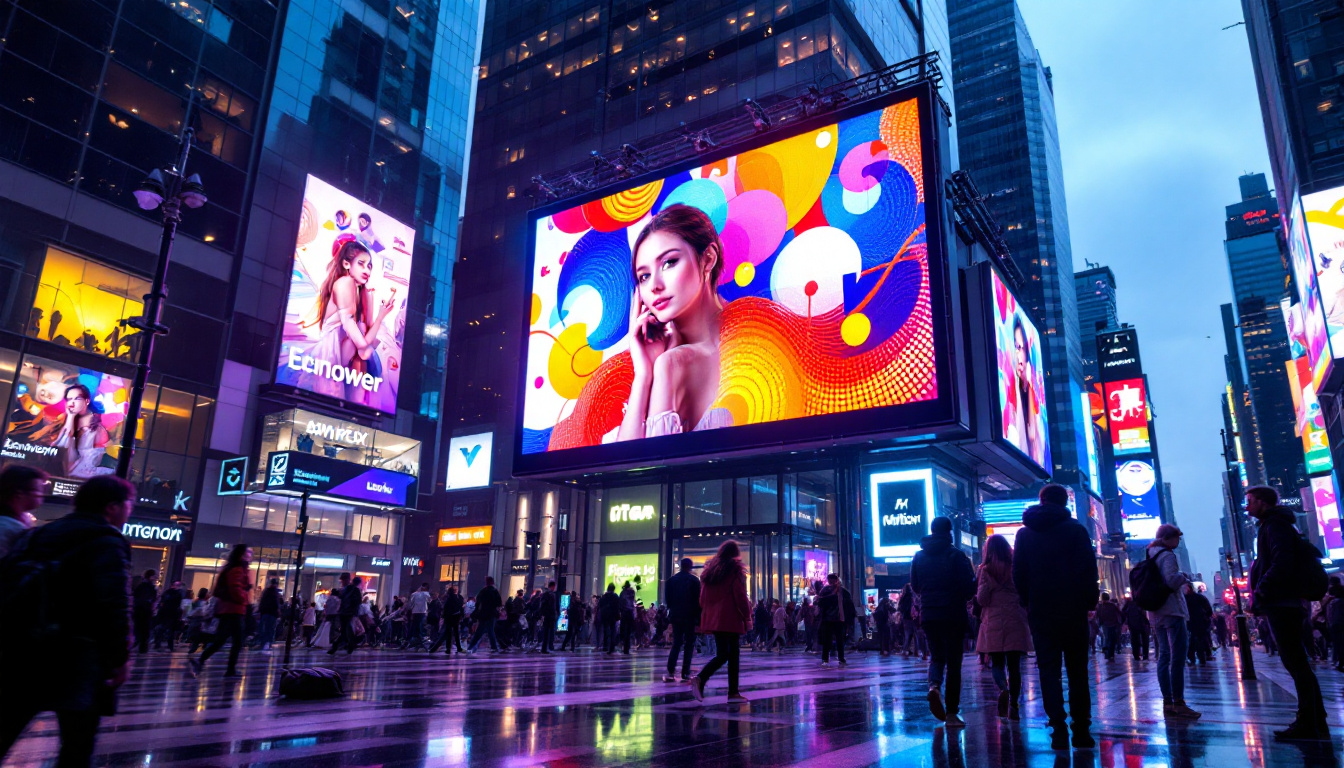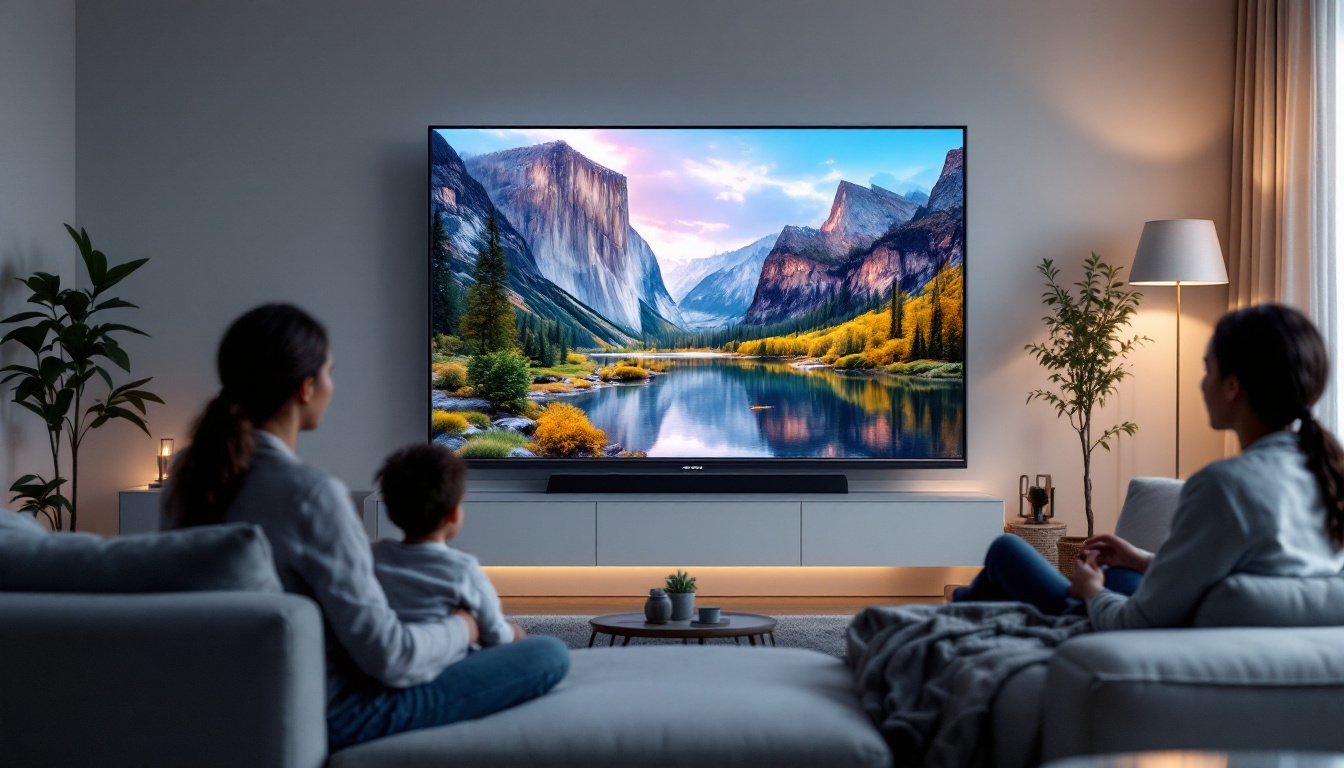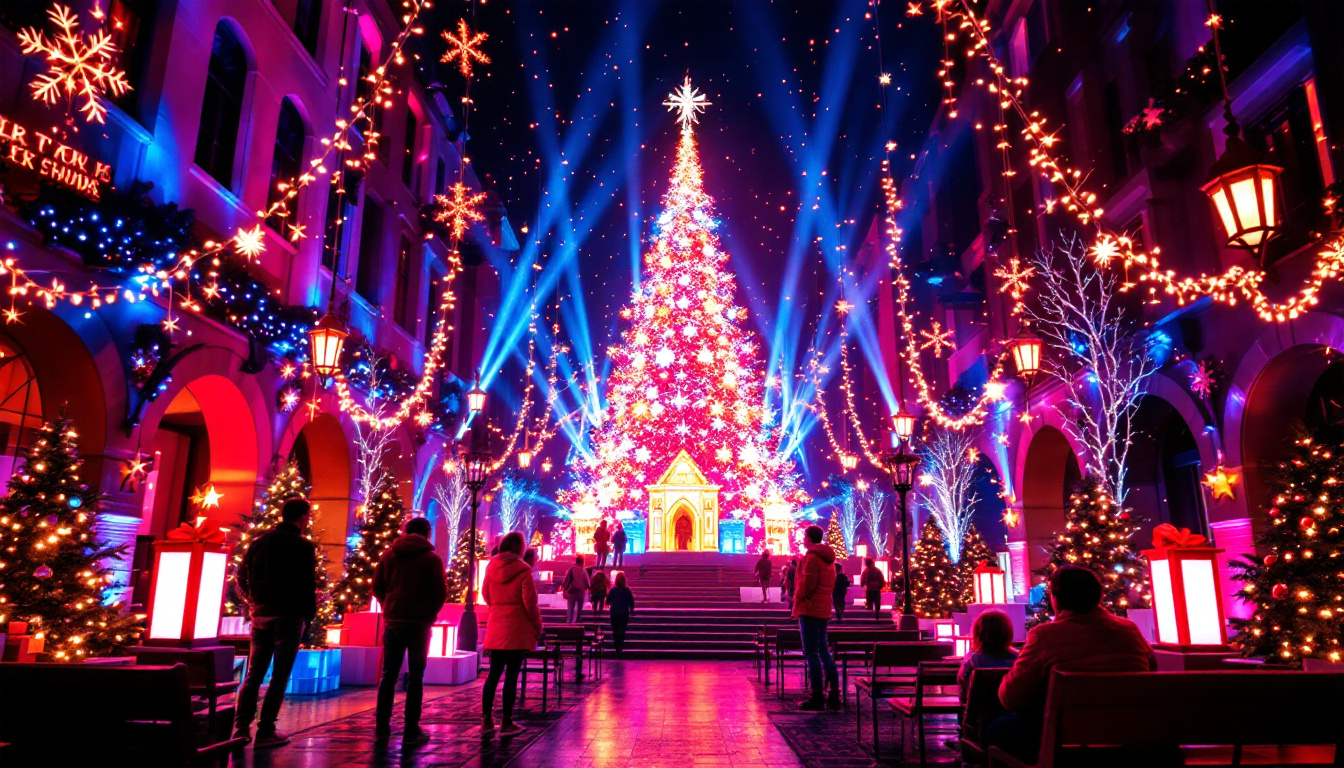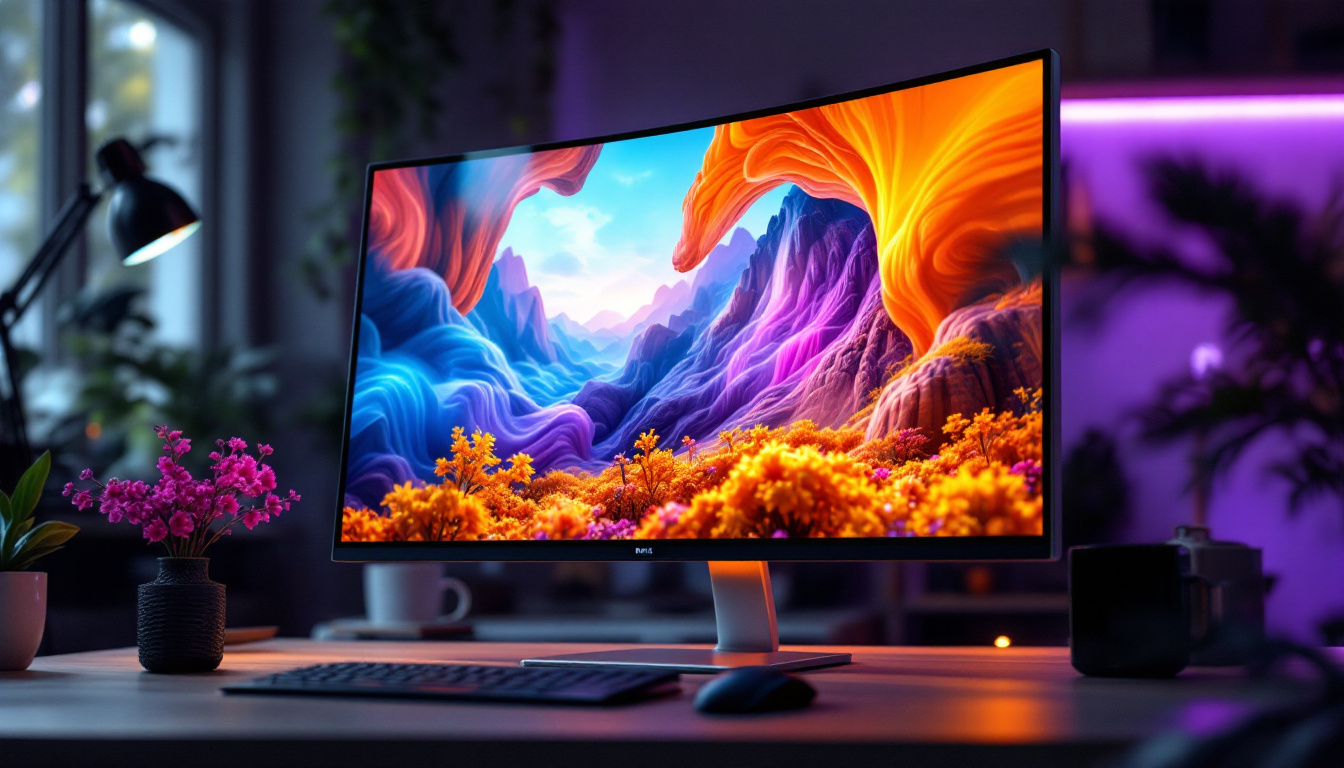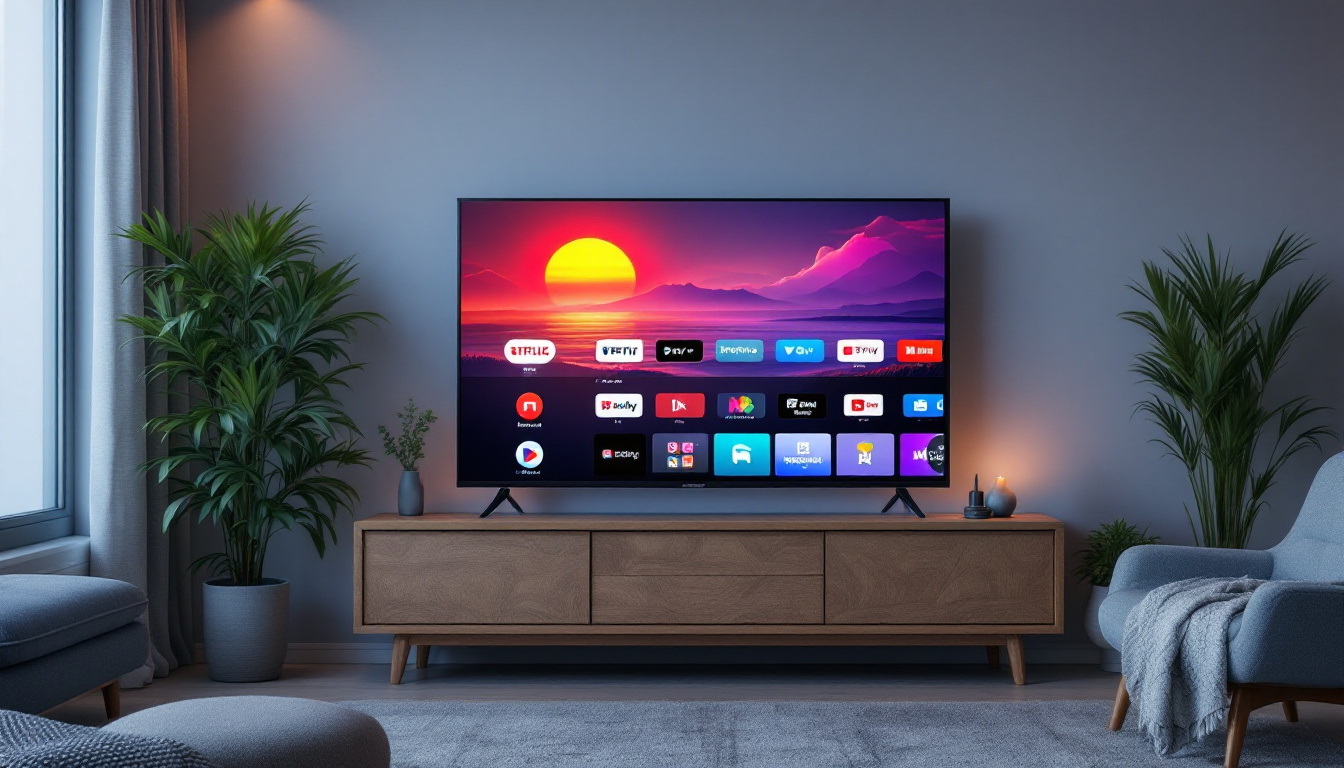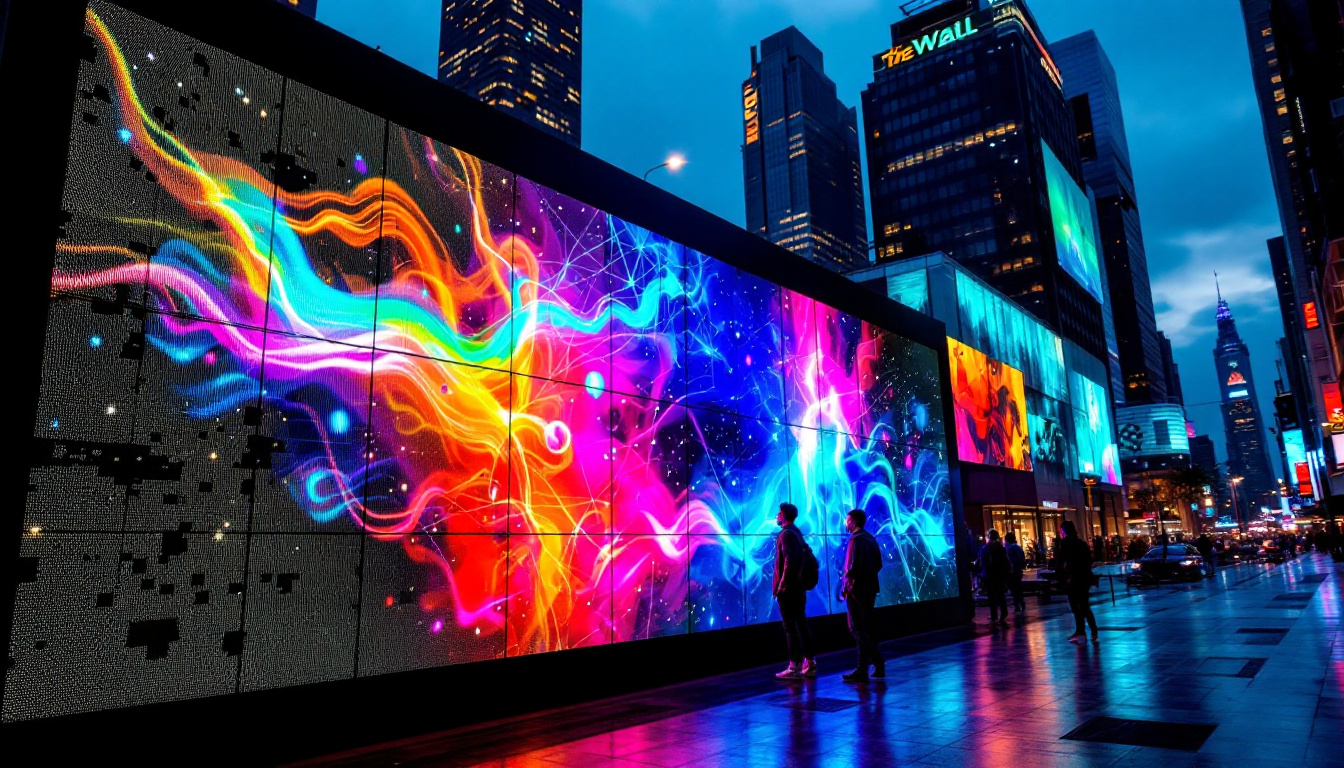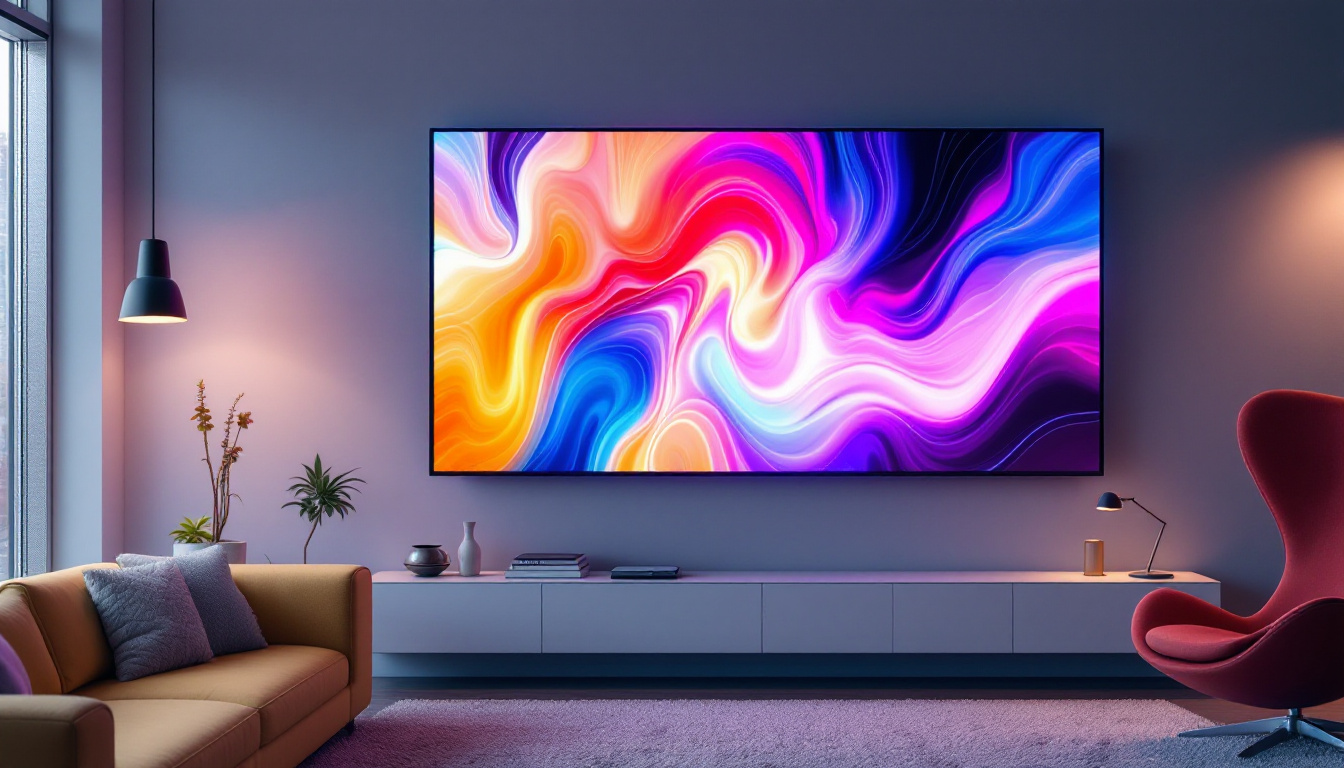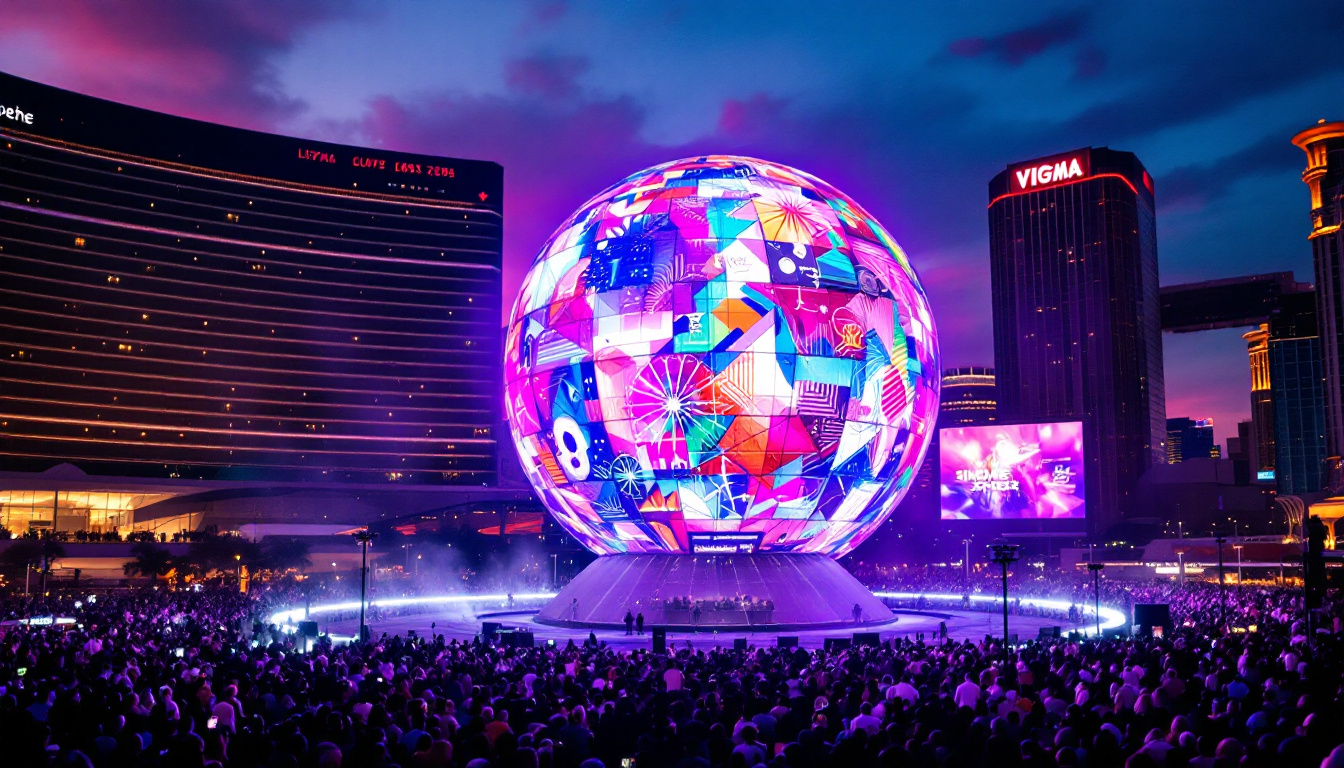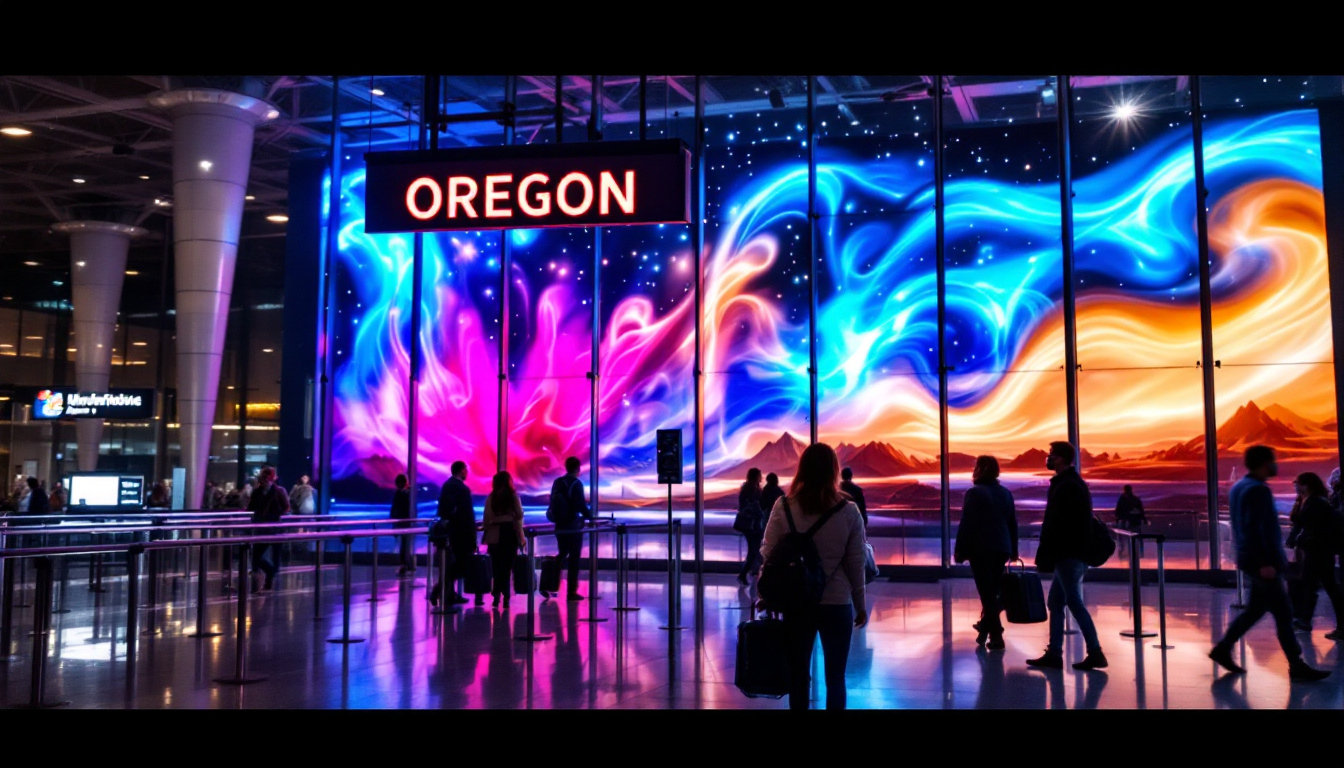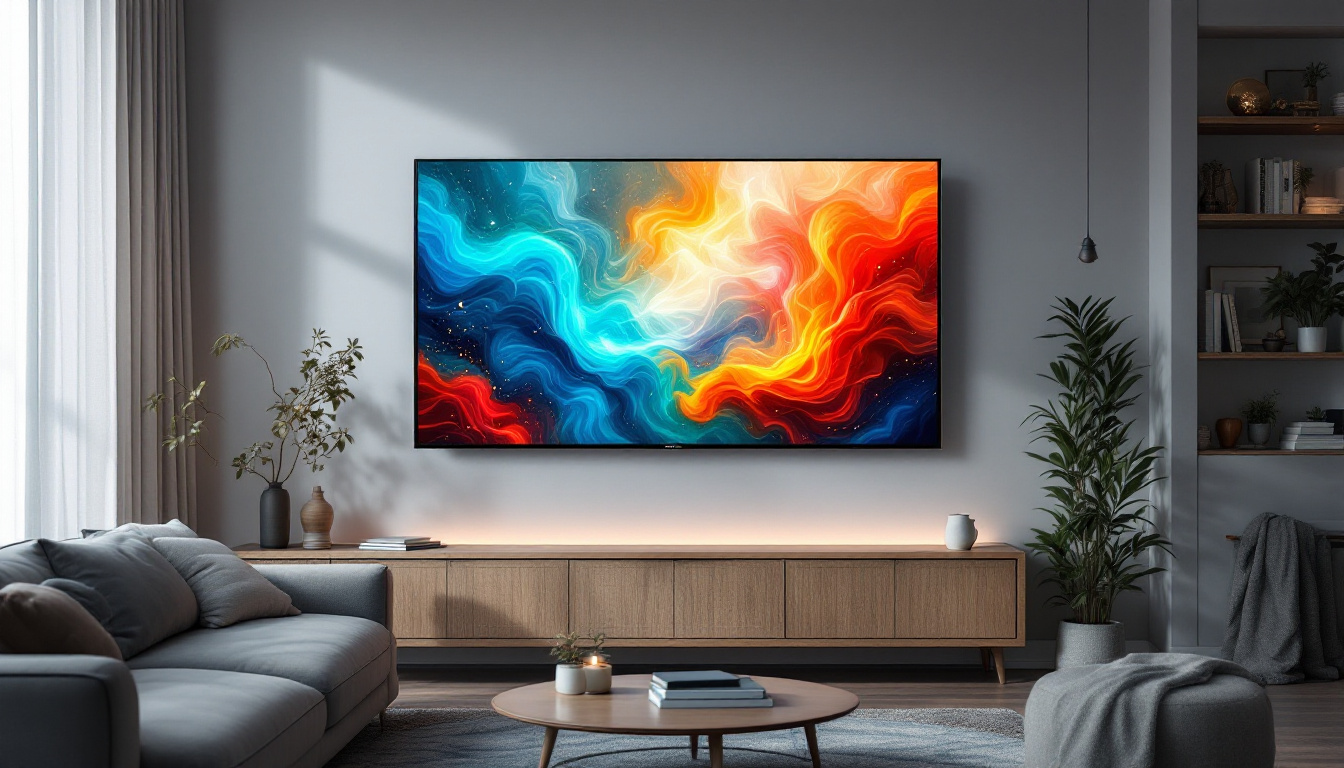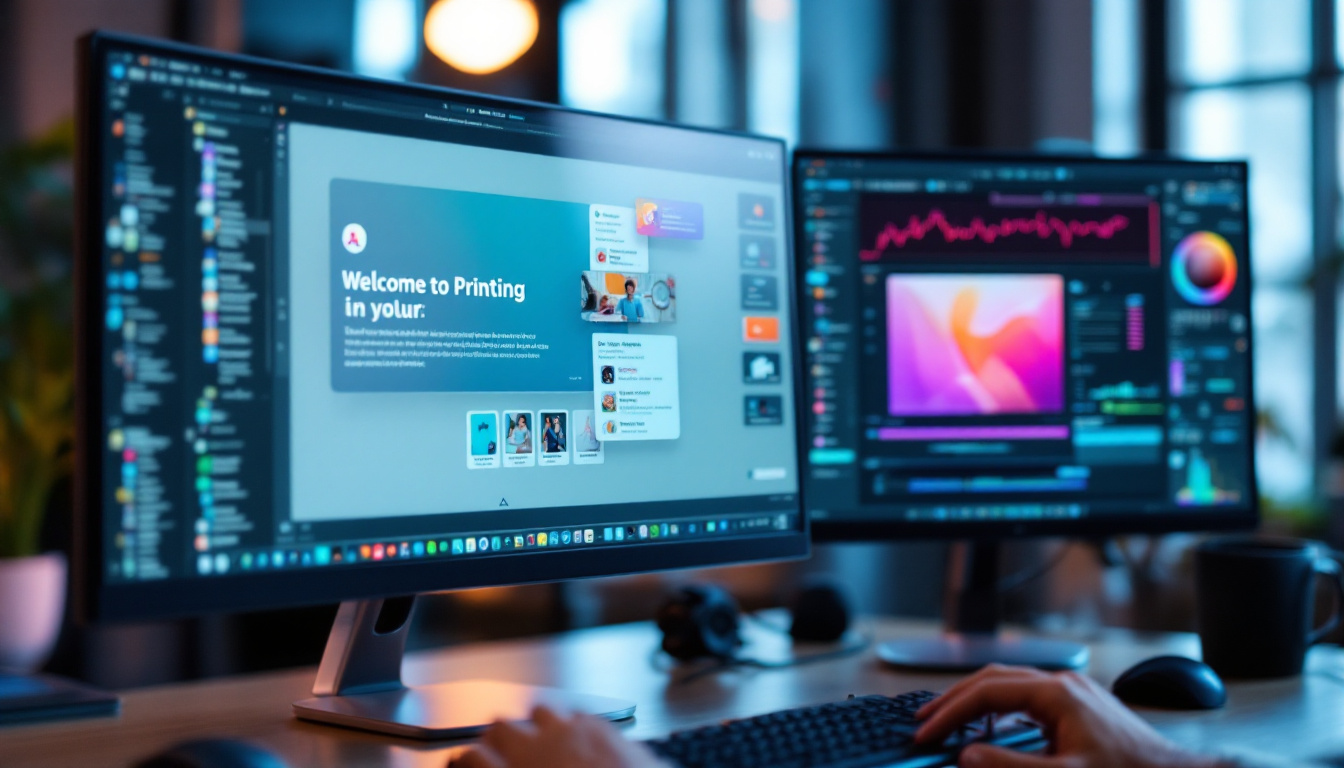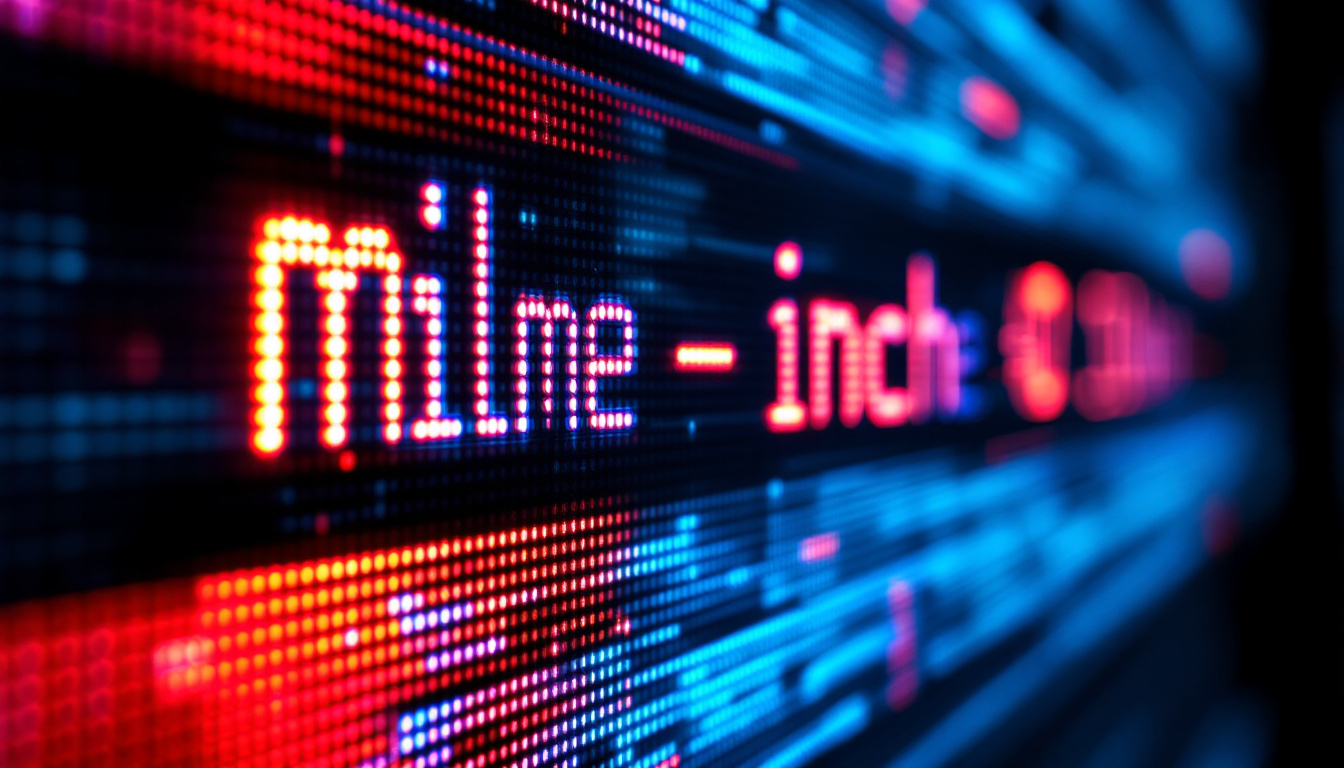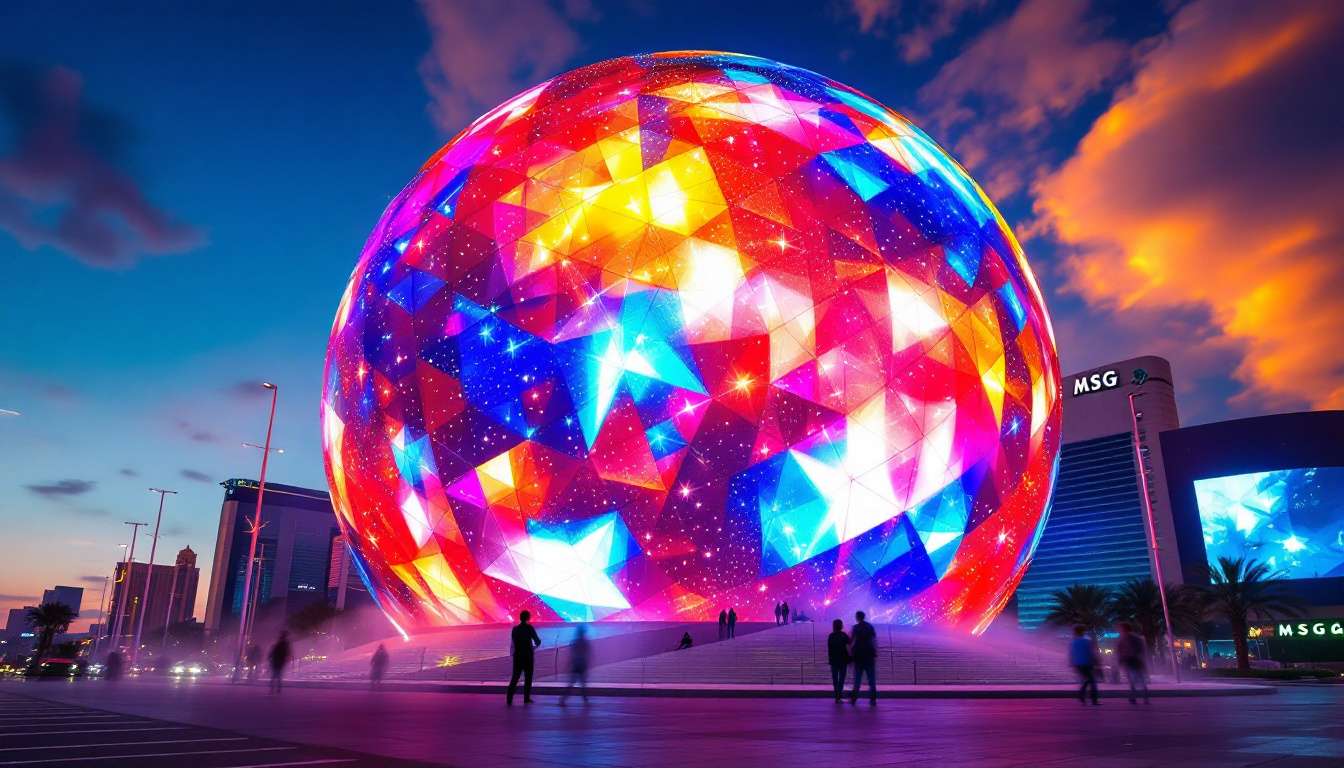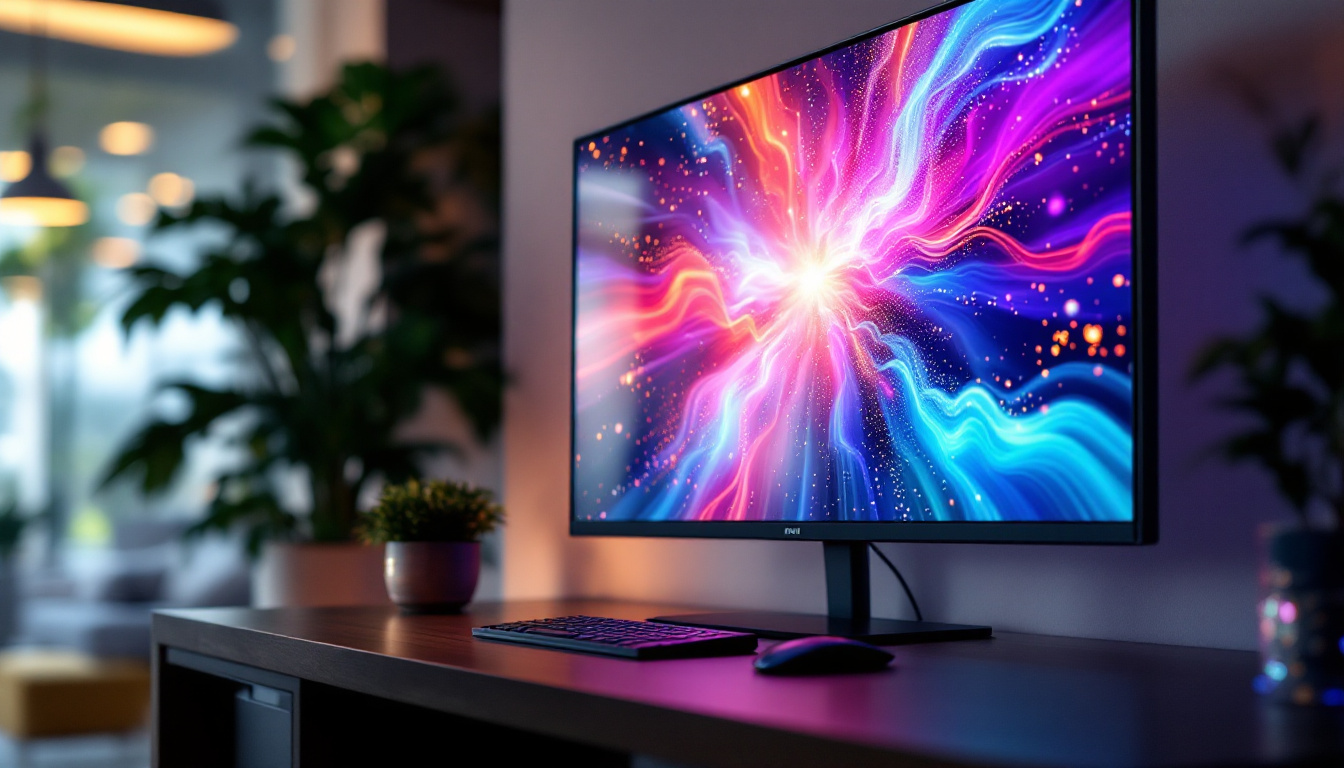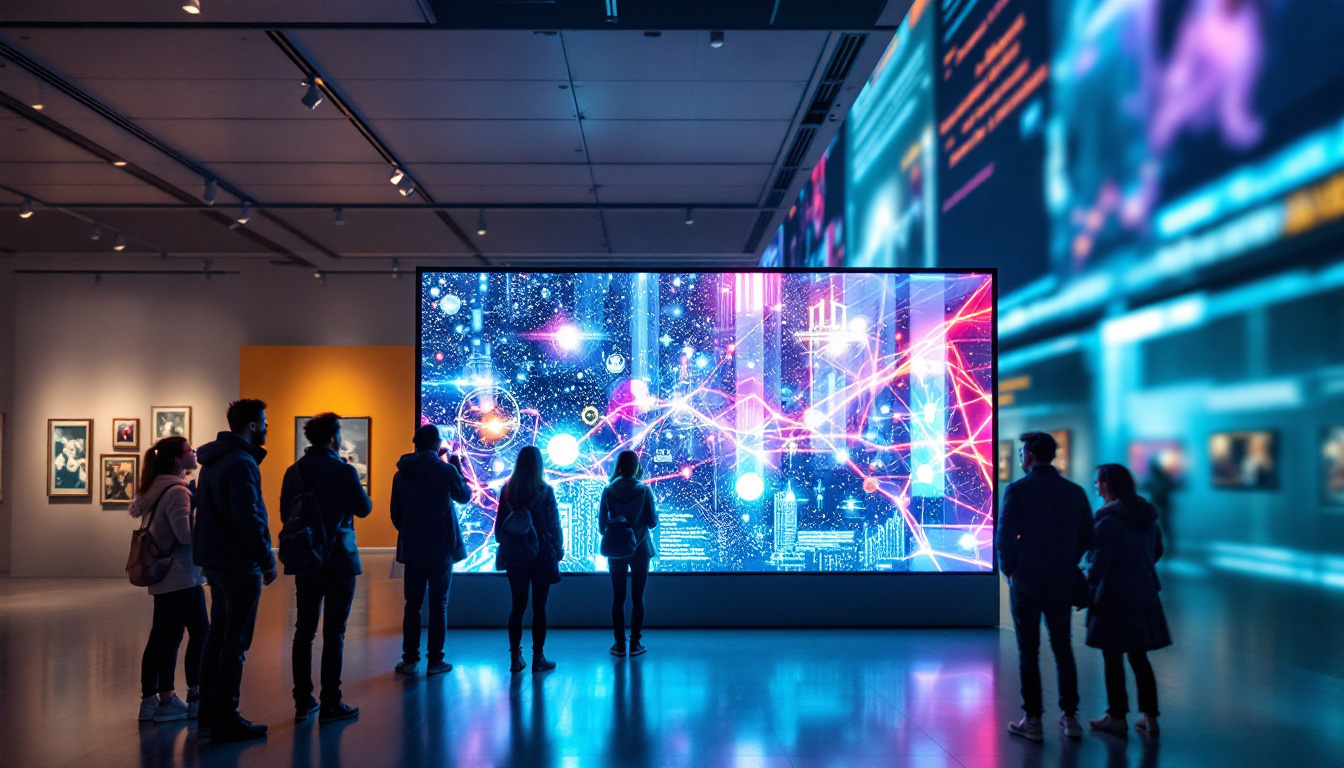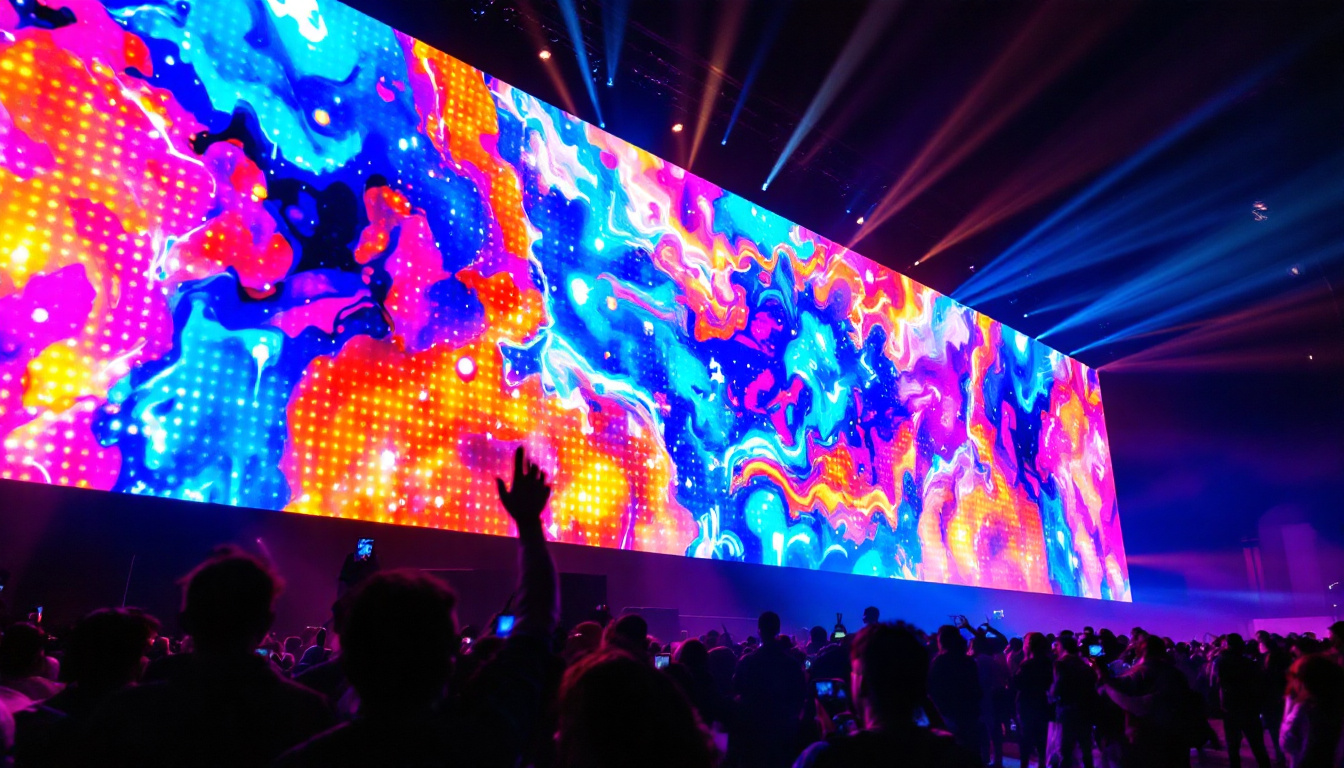In the heart of Beaverton, a technological revolution is taking place, transforming the way information is displayed and consumed. The advent of LED displays has redefined visual communication, making it more vibrant, engaging, and effective. This article delves into the intricacies of LED displays, exploring their components, benefits, applications, and the future of this dynamic technology.
Understanding LED Technology
Light Emitting Diodes (LEDs) are semiconductor devices that emit light when an electric current passes through them. This technology has evolved significantly over the years, leading to the development of high-quality LED displays that are now ubiquitous in various sectors. From household lighting to large-scale advertising, LEDs have transformed how we interact with light and visual media, providing energy-efficient solutions that also enhance aesthetic appeal.
How LED Displays Work
At the core of an LED display are tiny diodes that produce light. These diodes can be arranged in different configurations to create pixels, which are the building blocks of any display. Each pixel typically consists of red, green, and blue (RGB) diodes, allowing for a wide range of colors to be produced by varying the intensity of each color. This RGB combination is what enables LED displays to produce vibrant images and a full spectrum of colors, making them suitable for everything from digital billboards to intricate art installations.
The operation of an LED display is controlled by a driver circuit that regulates the power supplied to each diode. This precise control enables the display to produce sharp images and smooth motion, making it ideal for dynamic content such as videos and animations. Additionally, advancements in technology have led to the development of smart LED displays that can adjust brightness and color temperature based on ambient lighting conditions, further enhancing the viewing experience while conserving energy.
Types of LED Displays
LED displays come in various types, each designed for specific applications. The most common types include:
- Direct View LED Displays: These displays are made up of individual LED modules that are directly visible to the viewer. They are often used in large outdoor signage and billboards, where their brightness and visibility in daylight are crucial. The modular nature of direct view displays allows for easy scalability, making them ideal for large venues such as stadiums and concert halls.
- LED Backlit Displays: These displays use LEDs to illuminate a liquid crystal display (LCD) panel from behind. They are commonly found in televisions and computer monitors, providing a thinner profile and improved energy efficiency compared to traditional fluorescent backlighting. The use of LED backlighting has also paved the way for features like local dimming, which enhances contrast by adjusting the brightness of specific areas of the screen.
- Organic LED (OLED) Displays: Utilizing organic materials, OLED displays offer superior color accuracy and contrast. They are prevalent in high-end televisions and smartphones, where their ability to produce true blacks and vibrant colors enhances the overall viewing experience. Unlike traditional LED displays, OLEDs do not require a backlight, allowing for ultra-slim designs and greater flexibility in screen shape and size.
In addition to these common types, there are also specialized LED displays, such as transparent LED screens used in retail environments, and flexible LED displays that can be bent or shaped to fit unique installations. These innovations continue to push the boundaries of what is possible with LED technology, making it an exciting field for both consumers and professionals alike.
The Benefits of LED Displays
LED displays offer numerous advantages that make them a preferred choice for many businesses and organizations. Understanding these benefits can help stakeholders make informed decisions regarding their visual communication strategies.
Energy Efficiency
One of the standout features of LED technology is its energy efficiency. Compared to traditional display technologies, LED displays consume significantly less power, leading to reduced operational costs. This efficiency not only benefits the environment but also allows for longer display lifespans, making them a cost-effective investment. Furthermore, many LED displays come with smart technology that can adjust brightness based on ambient light conditions, further optimizing energy use and extending their operational life.
High Brightness and Visibility
LED displays are known for their exceptional brightness levels, making them suitable for both indoor and outdoor applications. The vivid colors and high contrast ratios ensure that content remains visible even in direct sunlight. This characteristic is particularly advantageous for advertising and public information displays. In addition, the rapid refresh rates of LED technology enhance motion graphics and video playback, providing a dynamic viewing experience that captures attention and engages audiences effectively.
Durability and Longevity
LED displays are built to last. They are resistant to shock and vibration, which makes them ideal for high-traffic areas. Additionally, their long lifespan—often exceeding 100,000 hours—means that businesses can rely on them for years without the need for frequent replacements. The robust nature of LED technology also means that these displays can withstand extreme weather conditions, making them perfect for outdoor installations. This resilience not only reduces maintenance costs but also ensures that the displays maintain their visual integrity over time, providing a consistent and reliable medium for messaging and branding.
Versatility in Design
Another significant advantage of LED displays is their versatility in design. Available in various shapes and sizes, they can be customized to fit any space or application, from large-scale billboards to small informational screens in retail environments. This adaptability allows businesses to create unique visual experiences that align with their branding and marketing strategies. Moreover, the modular nature of many LED systems means that they can be easily expanded or reconfigured as needs change, offering a future-proof solution for evolving visual communication requirements.
Enhanced Interactivity
Modern LED displays often incorporate interactive features that engage viewers in new and exciting ways. Touchscreen capabilities, integration with mobile devices, and real-time content updates allow businesses to create immersive experiences that encourage audience participation. This level of interactivity not only enhances customer engagement but also provides valuable data insights, enabling businesses to tailor their messaging and improve overall effectiveness. As technology continues to advance, the potential for interactive LED displays will only expand, offering even more innovative ways to connect with audiences.
Applications of LED Displays
LED displays have found applications across various industries, each leveraging the technology’s unique advantages to enhance communication and engagement. Here are some notable applications:
Advertising and Marketing
In the realm of advertising, LED displays have revolutionized how brands communicate with their audiences. Dynamic content, such as videos and animations, can capture attention more effectively than static signage. Businesses utilize LED displays for outdoor billboards, retail signage, and event promotions, enabling them to convey messages in a captivating manner.
Transportation and Public Information
LED displays play a crucial role in transportation systems, providing real-time information to passengers. Bus stops, train stations, and airports utilize LED screens to display arrival and departure times, service updates, and emergency alerts. The clarity and immediacy of LED displays enhance the overall travel experience, ensuring that passengers are well-informed.
Entertainment and Events
In the entertainment industry, LED displays have become a staple at concerts, sporting events, and festivals. Large-scale LED screens are used to display live feeds, promotional content, and visual effects, creating an immersive experience for attendees. The flexibility of LED technology allows for creative staging and dynamic presentations that captivate audiences.
The Future of LED Displays
The future of LED displays looks promising, with ongoing advancements in technology paving the way for even more innovative applications. As industries continue to explore the potential of LED technology, several trends are emerging.
Smart Displays
With the rise of the Internet of Things (IoT), smart LED displays are becoming increasingly prevalent. These displays can connect to the internet, allowing for real-time content updates and remote management. Businesses can tailor their messaging based on audience demographics, weather conditions, or current events, enhancing engagement and relevance.
Improved Resolution and Flexibility
As technology advances, the resolution of LED displays continues to improve. Higher pixel densities enable sharper images and finer details, making them suitable for close-range viewing. Additionally, flexible LED displays are being developed, allowing for creative shapes and installations that were previously unimaginable.
Sustainability Initiatives
As environmental concerns grow, manufacturers are focusing on sustainable practices in the production of LED displays. This includes using recyclable materials, reducing energy consumption, and minimizing waste during manufacturing. The shift toward sustainability is not only beneficial for the planet but also aligns with consumer preferences for eco-friendly products.
Challenges and Considerations
While LED displays offer numerous advantages, there are challenges and considerations that stakeholders must address. Understanding these factors can aid in making informed decisions.
Initial Costs
The initial investment for LED displays can be substantial compared to traditional display technologies. However, the long-term savings in energy costs and maintenance can offset this initial expenditure. Businesses should conduct a cost-benefit analysis to determine the viability of LED technology for their specific needs.
Content Management
Effective content management is crucial for maximizing the impact of LED displays. Businesses must invest in content creation and management systems to ensure that their messaging remains fresh and engaging. Regular updates and dynamic content are essential for keeping audiences interested and informed.
Technological Compatibility
As LED technology continues to evolve, compatibility with existing systems and infrastructure can pose challenges. Businesses should ensure that their current hardware and software can support new LED displays, or be prepared to invest in upgrades. This consideration is vital for seamless integration and optimal performance.
Conclusion
LED displays are transforming the landscape of visual communication, offering vibrant, energy-efficient, and durable solutions for a variety of applications. From advertising to public information and entertainment, the versatility of LED technology is reshaping how messages are conveyed and experienced.
As the technology continues to advance, stakeholders must stay informed about emerging trends and best practices to fully leverage the potential of LED displays. By understanding the benefits, applications, and challenges associated with this technology, businesses can make strategic decisions that enhance their communication strategies and engage their audiences effectively.
In the vibrant city of Beaverton, the impact of LED displays is already being felt, paving the way for a future where visual communication is more dynamic and engaging than ever before. As this technology continues to evolve, it promises to play a pivotal role in shaping the way information is shared and experienced in the years to come.
Discover the Future of Visual Communication with LumenMatrix
As you consider the transformative power of LED displays in creating dynamic and engaging visual experiences, take the next step with LumenMatrix. Our commitment to innovation positions us at the forefront of LED display technology, offering a diverse range of solutions tailored to your needs. Whether you’re looking for Indoor LED Wall Displays, Outdoor LED Wall Displays, or specialized options like Vehicle LED Displays and LED Sports Displays, LumenMatrix has the expertise to bring your vision to life. Embrace the future of vibrant, energy-efficient, and impactful messaging. Check out LumenMatrix LED Display Solutions today and revolutionize your visual communication strategy.

